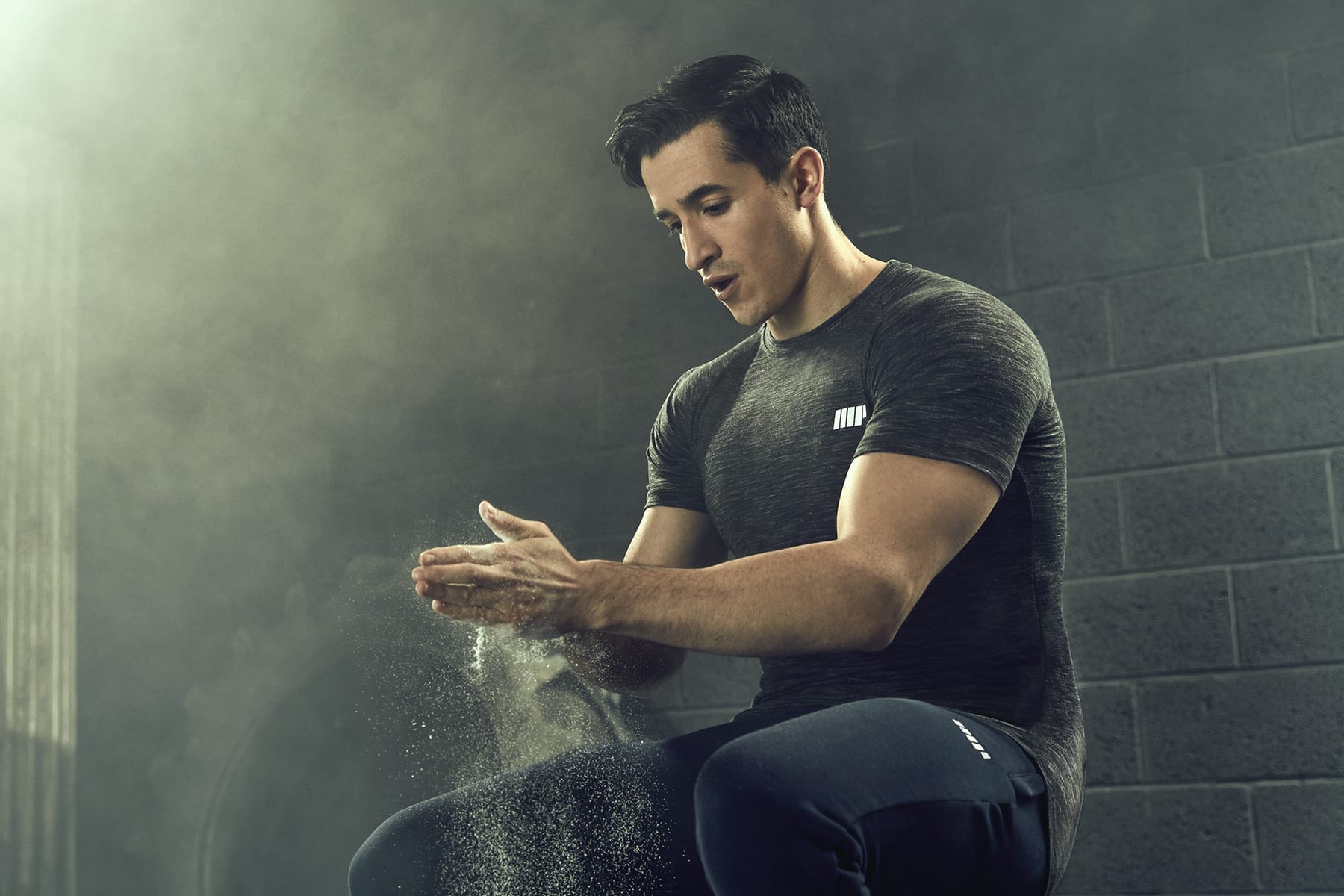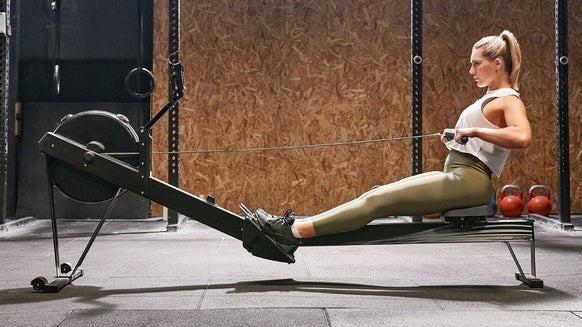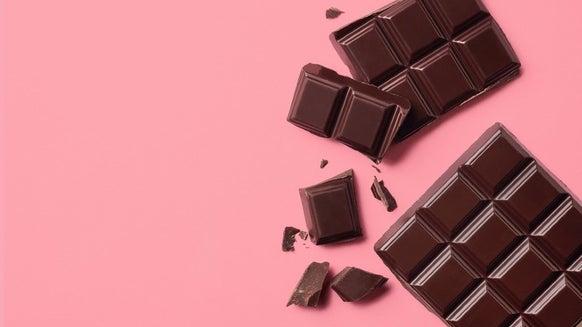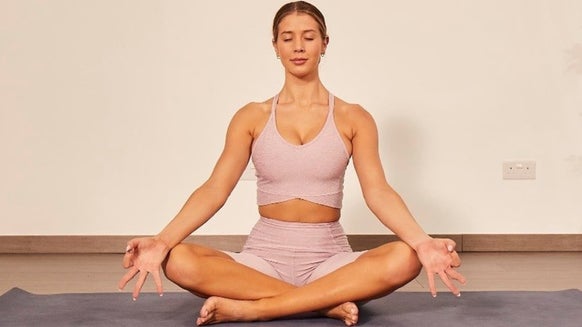
The floor press isn't difficult to master, but you want to make sure you have the right form before you add too much weight.
The floor press is a simple and highly effective upper body exercise for building your triceps, pecs and delts. By not putting your legs to work this focuses all of the press on your upper body, with little input from your core.
The floor press is performed by lying on your back beneath a barbell. With a shoulder width grip on the bar, bend your knees so that your feet are flat on the floor. Some people prefer to perform the floor press with their legs out straight. By straightening your legs you reduce the stress on your spine by lowering the arch of your back, while also stabilising yourself without involving your legs too much. From the starting position, the rest is essentially a bench press without the full range of movement due to the floor. However, the floor can provide a helpful reminder not to just drop the bar back down but to lower it slowly so that it doesn’t crash down.
For best results and a greater focus on your triceps, you should keep your elbows tucked close to your body and pressing out then lowering in the same straight line.
Want to make the most of each lift? Consider holding the bar at the top of the lift before lowering again, and attempt to keep it from touching the floor, to really cook your chest and triceps.
The floor press is also seen as both a progressive lift, which can contribute to your benching capability and a press that does not trouble your shoulders - ideal for anyone recovering from an injury or wishing to target their triceps without involving the shoulder joints and muscles too much.
As a progressive lift, it can greatly help your one rep max for the bench press by maximising on your press without putting your shoulders under strain. This is handy for anyone who splits their shoulder and chest workouts to different days.
How can the floor press benefit your triceps?
The floor press will see you placing the emphasis of your lift in the extension of your elbows. In other words, you will be placing much of the strain on your triceps. Why is this unique to the floor press? Well, you’re right in thinking that there are many exercises that can cater for the triceps, but when it comes to the long heads your best bets are overhead extensions and skull crushers. The trouble with these is the strain they put on your joints. If your elbows are sore or weak, then you won’t get the best workout from these exercises for your triceps, while the floor press provides your long heads with the strain without the burden on your joints.
Floor Press Variations
1. Dumbbell Floor Press
Using dumbbells in almost all exercises affords you freedom in your movements. It provides the opportunity to alter your angles and range. One thing with barbells is that your range is limited to that which is allowed by the heavy bar across your chest. Dumbbells allow you to alter the lift for comforts, so for example, if you have injury concerns with your elbows or shoulders, you can make that minor angle adjustment so that you get the same benefits without the discomfort. The main advantage of the dumbbell floor press, though, is symmetry – both in terms of strength and aesthetics. With a barbell you may, even if it’s ever so slightly, favour one arm over the other. Dumbbells allow each arm to move freely so that you can ensure each arm and its muscles are getting an even workout.
2. Barbell Floor Press
Barbell presses are the most common form of floor presses. This is because it allows you to lift the most weight and directly affects your bench press capability. To that end you can consider the barbell floor press a partial range bench press, which can help to contribute to your maximum bench press weight.
Furthermore, the barbell keeps your movements more ‘fixed’, meaning each lift is going to be similar and so targeting the exact same muscles with each lift, whereas a lack of control could see dumbbell lifts flail inaccurately so that technique suffers.
3. Kettlebell Floor Press
Kettlebell floor presses arguably offer the best stabilising test. Kettlebells provide a similar range of movement to dumbbells, but the altered grip means that your auxiliary, supporting muscles and ligaments will be put to work when straightening your arm with the upwards lift.
Take Home Message
Floor presses are an ideal exercise for working on partial range reps of your maximum bench press lift, without troubling your shoulders or elbows as much as the bench press. The limited range of the lift also means that you can improve your lockout while focussing the whole weight on your upper body without leg involvement. And if you’re after a tricep builder but your elbows aren’t at their best for other lifts involving extensions, the floor press may just be your answer.
READ THESE NEXT:







